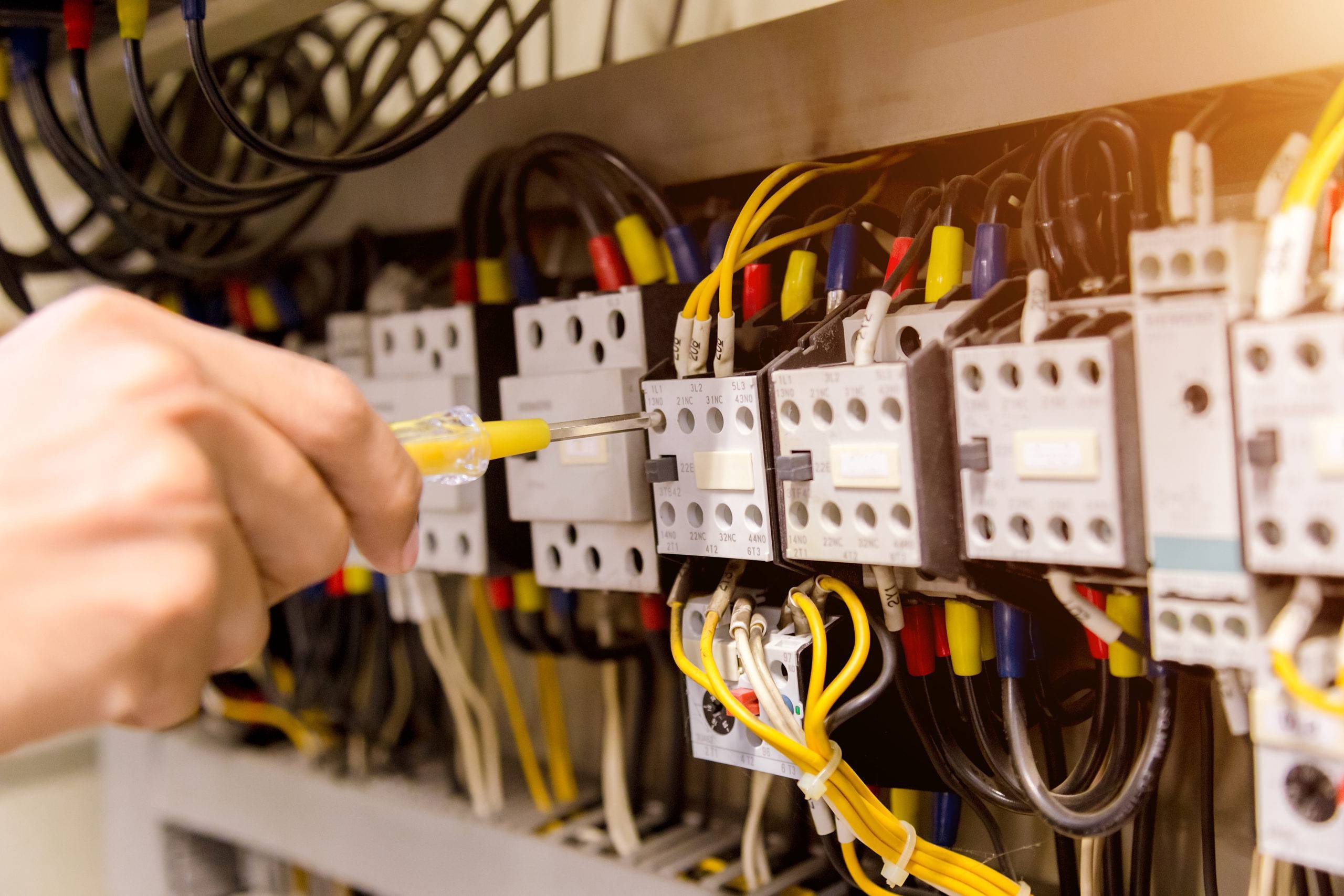
Step by Step Guide to Understanding the Fuse Box in Your Home
If you’ve ever experienced a sudden loss of power in your home, you may have turned to your fuse box for answers. But do you really know what it is and how it works? In this guide, we’ll provide you with all the essential information about fuse boxes that every homeowner should know.
Understanding the Basics
A fuse box, also known as a consumer unit, is an essential part of your electrical system. It acts as a control centre for the electricity in your home, distributing it to different circuits and protecting them from overloading or short circuits.
Types of Fuse Boxes
There are two main types of fuse boxes – traditional fuse boxes and modern circuit breaker panels.
Traditional Fuse Boxes
Traditional fuse boxes contain a series of fuses that act as safety devices to prevent overloading and short circuits. When a circuit is overloaded or there’s a fault, the fuse will blow, cutting off the flow of electricity. This helps protect your home from electrical fires and damage.
Modern Circuit Breaker Panels
Circuit breaker panels work in a similar way to traditional fuse boxes, but instead of fuses, they use circuit breakers. These are switches that automatically trip when a circuit is overloaded or there’s a fault. They can be reset by simply flipping the switch back on, making them more convenient than traditional fuses.
How to Identify and Replace a Blown Fuse
If you experience a power outage in your home, the first thing you should do is check your fuse box for a blown fuse. To identify a blown fuse, look for one that appears black or has a broken filament.
To replace the blown fuse, follow these steps:
- Turn off the main power switch in your consumer unit.
- Locate the blown fuse and remove it by pulling it out of its socket.
- Insert a new fuse of the same amperage rating into the socket.
- Turn on the main power switch and check if your electricity is restored.
If you’re uncomfortable or confident in replacing a blown fuse, it’s always best to call a local electrician in Melbourne for assistance.
What Are the Main Parts of a Fuse Box?
A typical fuse box has several components that work together to distribute and protect your home’s electricity. These include:
- Main Switch: This controls the flow of electricity from the main power supply to your consumer unit.
- Residual Current Devices (RCDs): These are safety devices designed to protect against electric shocks and fire hazards.
- Circuit Breakers: As mentioned earlier, these automatically trip to prevent overloading and short circuits.
- Neutral Busbar: This is where the neutral wires from your electrical circuits are connected.
- Live Busbar: This is where the live wires from your electrical circuits are connected.
When to Upgrade Your Fuse Box
While traditional fuse boxes are still found in many older homes, they are no longer considered safe by today’s standards. If you have a traditional fuse box, it’s worth considering upgrading to a modern circuit breaker panel for increased safety and convenience.
You should also consider upgrading your fuse box if:
- You frequently experience blown fuses
- Your home has outdated electrical wiring
- You’re planning on adding new appliances or circuits
Upgrading your fuse box can also increase the value of your home and give you peace of mind knowing that your electrical system is up to date and safe.
Conclusion
Your fuse box may not be the most exciting part of your home, but it’s an important one. Understanding how it works and knowing when to upgrade can help keep your home safe and prevent unexpected power outages. If you have any concerns or questions about your fuse box, don’t hesitate to consult a qualified emergency commercial electrician in Melbourne for advice and assistance. So, stay informed and keep your home’s electrical system in top shape.
Read Also: Understanding the Difference between Safety Switches and Circuit Breakers

